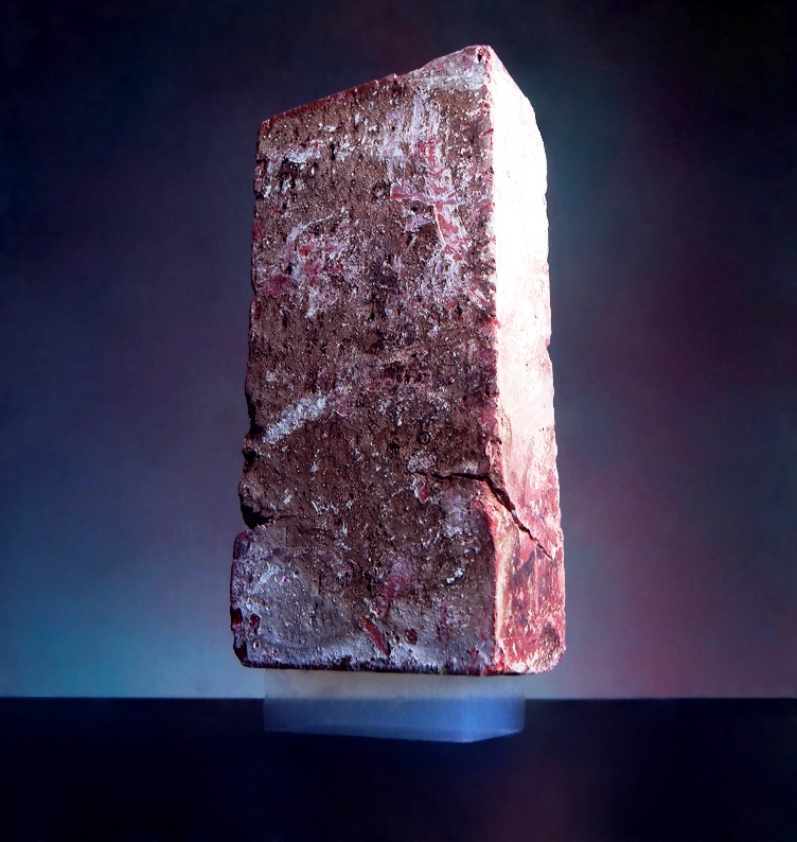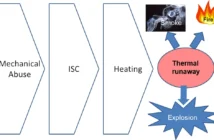Aerogels are a group of synthetic, porous, ultralight materials derived from gels. Wikipedia confirms manufacturers produce them by replacing the liquid in a gel with a gas. This process produces a solid object, but with extremely low density and thermal conductivity. Aerogel battery shielding can provide passive fire protection between adjacent batteries.
A Brief History of Aerogel Evolution
Urban legend suggests that the first aerogel appeared after a bet between two scientists in 1931. However, the winner was not economically practical, and so development stalled until carbon aerogels arrived in the late 1980’s.
Modern aerogels nowadays are silica-based, with nicknames including frozen smoke, solid smoke, solid air, solid cloud, and blue smoke. Wikipedia advises the silica forms ‘intertwined clusters’ that make up only 3% of the volume. This is why temperature transfer is so very low, rendering the product ideal for aerogel battery shielding.
The balance of the aerogel material comprises air in very small nanopores. This air has little room to move, inhibiting both convection and gas-phase conduction. These characteristics combine to give aerogel battery shielding very low conductivity.
Practical Applications of Aerogels in Batteries
We came across a supplier developing, and marketing a cutting edge application. We won’t mention their name, because it is not our policy to promote third-party brands. Nonetheless their website does make interesting reading, and we complement them for it:
- Current fire risks make thermal insulation in lithium-ion battery packs essential.
- Silicon aerogel sheets comply with standards while being lightweight and thin.
- As a result of these factors, aerogel sheets reduce the risks of thermal runaway.
This protection is also possible between individual cells in a lithium-ion battery, although this will again increase manufacturing cost. The supplier is developing thinner and lighter versions, to maintain highest-possible battery density.
Their products can also accommodate cell-breathing, and tolerate lifecycle swelling too. The supplier reports its aerogel battery shielding sheets maintain effective thermal resistance, despite being squeezed “to a fraction of their original thickness”.

More Information
Thermal Runaway Gas Production Factor




